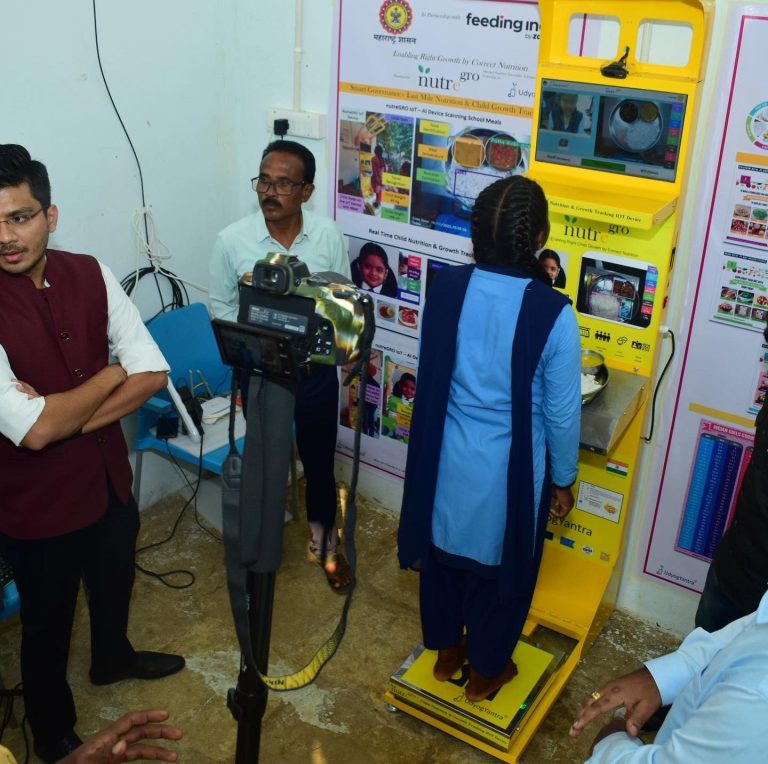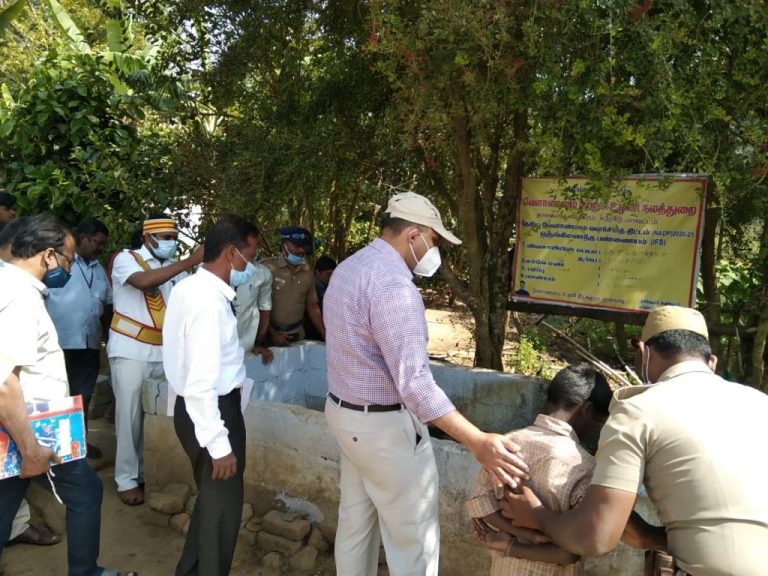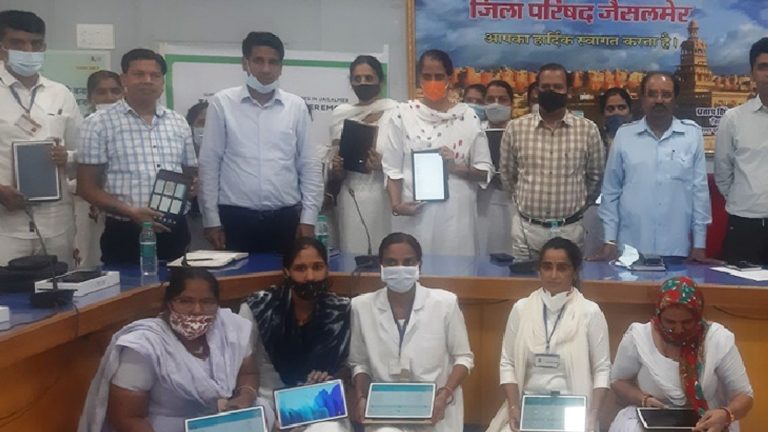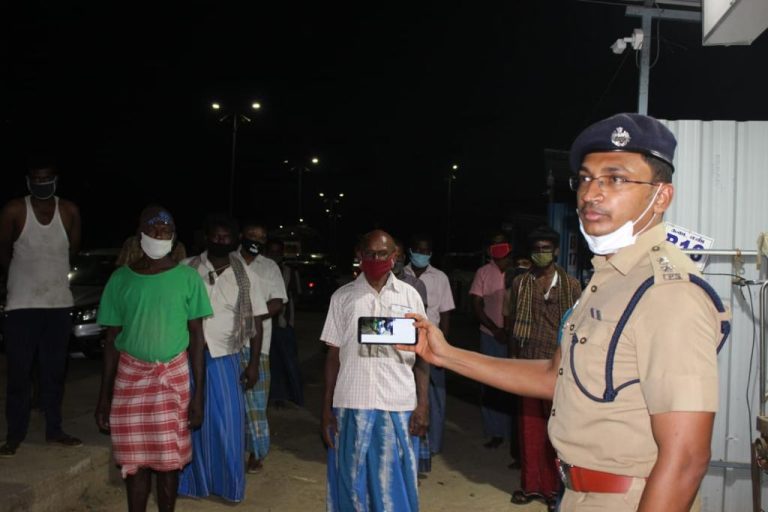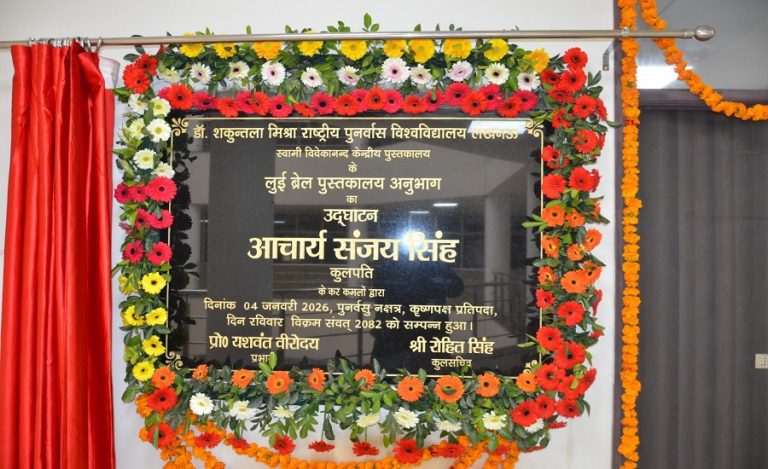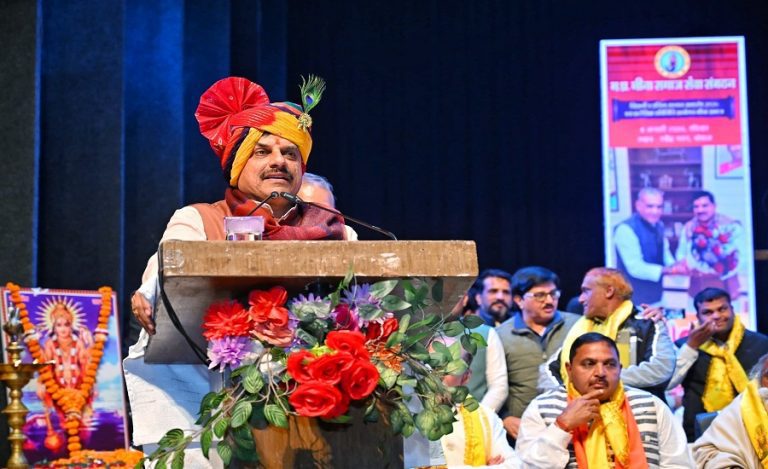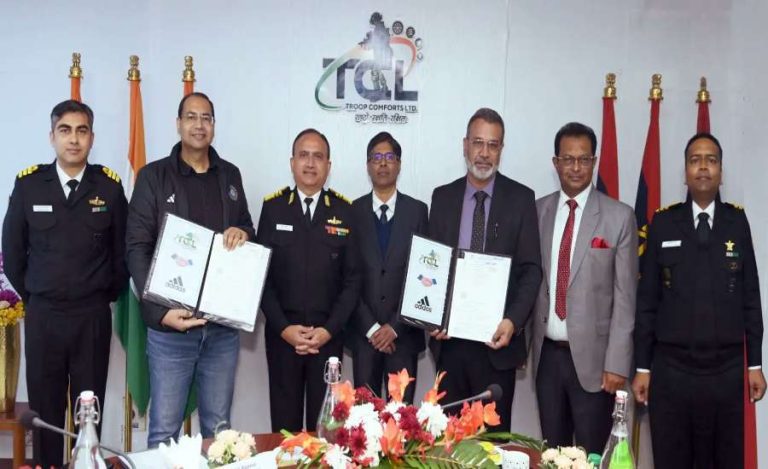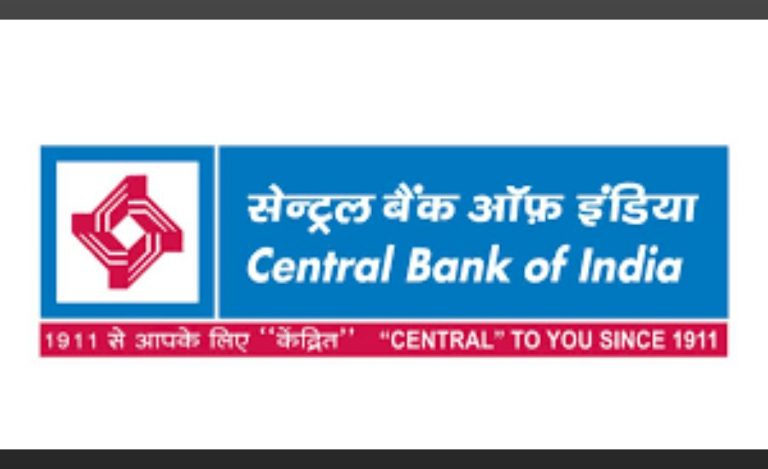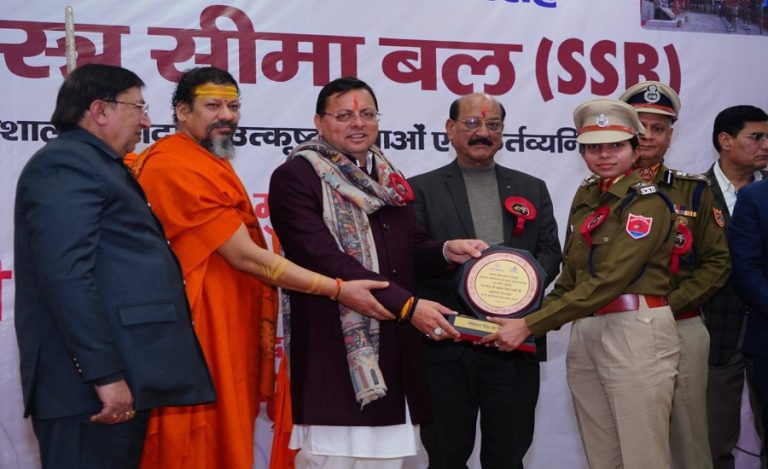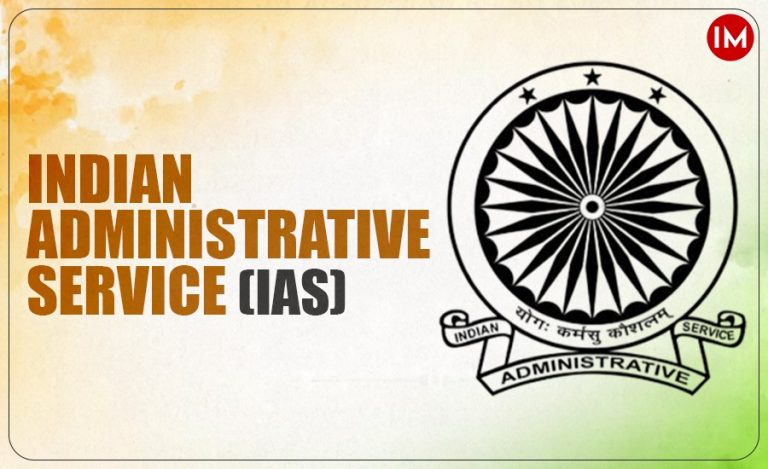Una district in Himachal Pradesh is using advanced technology like Artificial Intelligence to eliminate Tuberculosis that kills many each year. The state government aims to eradicate the disease by 2024, a year ahead of the national deadline.
The southwestern district of the Himalayan state that shares its border with Punjab, experiences a higher number of cases of the deadly disease due to its industrial nature.
Mr. Raghav Sharma, DC Una, told Indian Masterminds, “The incidences of TB in our district is more than the state’s average.”
He attributed the industrial clusters of the district for the numbers. Mehatpur, Gagret, Tahliwal and Amb are main industrial centres in Una.
There is a high floating population of manual laborers who cater to both agricultural and industrial units in the zone. These labourers mostly live in slums in unhygienic conditions. “This population is vulnerable to the disease and the district records more cases than other places in Himachal,” the officer added.
The administration has realised that the devil is in the detection. The sooner they can identify the patients the easier it will be to tackle the problem.
AI TECHNOLOGY
DC Mr Sharma has replaced the earlier verbal screening with the new AI version that has also ended any misreporting.
“The earlier diagnosis process caused issues like misreporting, and miscommunication from the patient,” the officer points out. The new detection procedure has also put an end to unending tests. The new tool procured by the administration is called Handheld X-Ray (Battery Operated X Ray Machine with Flat Panel Detector) which is equipped with AI technology.
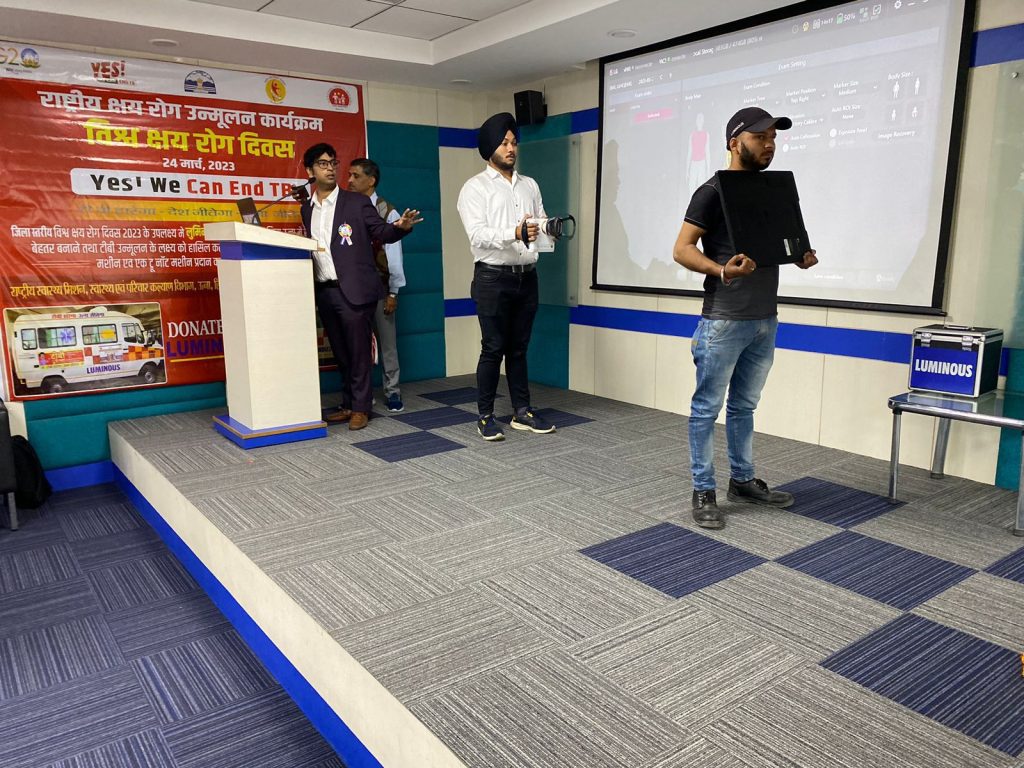
The screening teams use it to conduct door-to-door screening of vulnerable populations living in the urban slums. The camera size device will conduct the chest x-ray of the person standing and after the picture is uploaded wirelessly to the laptop which has an AI-enabled software.
Mr. Raghav said, “As the AI has been trained on a large set of images of TB patients, the image instantly gets processed by the AI and quick result of whether the patient is diagnosed with TB or not is received.”
“After procuring this machine from HPCL through CSR last year we screened around 3,800 people. Out of them, 100 were suspected to have the disease by the AI. After further analysis, seven were diagnosed with TB,” the district collector further said.
What is interesting is all seven cases were detected very early and they had no symptoms.
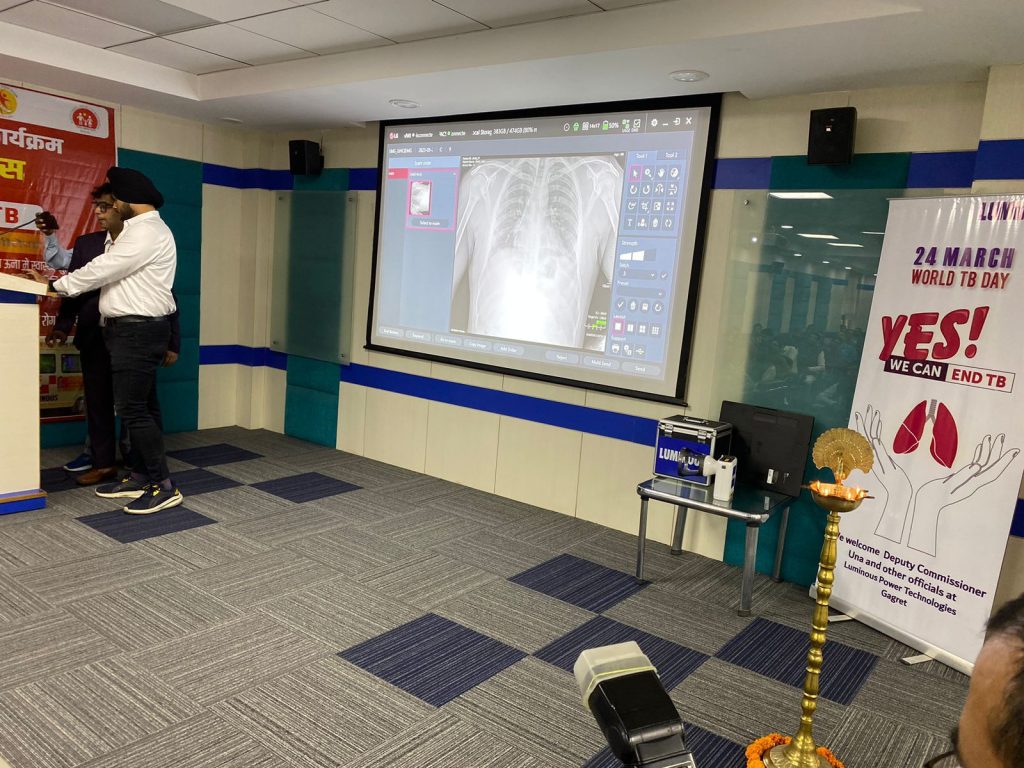
He is satisfied as not only has the technology helped in screening within seconds but has also detected the patients faster to cure them on time and thus reducing it from spreading further.
Low-dose radiation exposure (6mA) and high-resolution imaging capability of the machine increases its
utility in the field, said Mr Sharma.
Each screening team is composed of one X-Ray technician, a local ASHA and health worker. They carry
out verbal screening for signs/ symptoms suggestive of TB and offer upfront chest X-Ray to all eligible
persons after ruling out medical contradictions.
Since the X-Ray machine is portable, the issue of accessibility in remote areas is addressed in other geographies of the country as well, the officer proposed.
INITIATIVES
The district administration has undertaken three steps. Firstly, under the Ni-kshay Mitra Scheme of the central government, the administration has partnered with industries in providing nutritional support to the TB patients. Around 435 out of a total of 715 patients are on nutritional support right now.
Secondly, hygiene kits were being provided to all patients and thirdly a monthly allowance of Rs 1,500 by
the state government is helping them financially.
As per the Ministry of Health & Family Welfare, this effort by the Una administration featured in the Government of India’s TB Report 2023.


